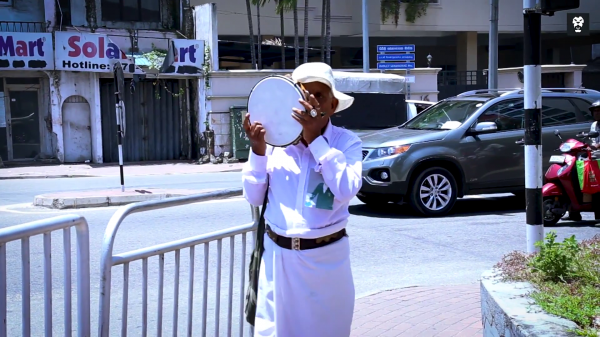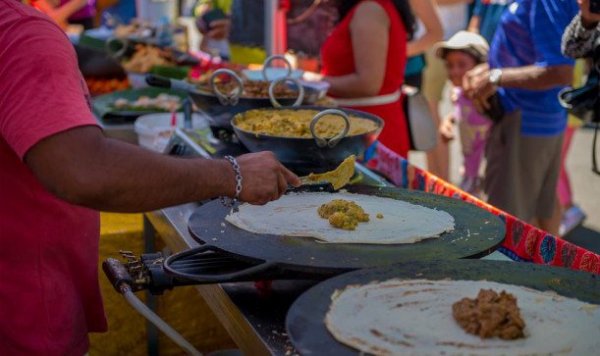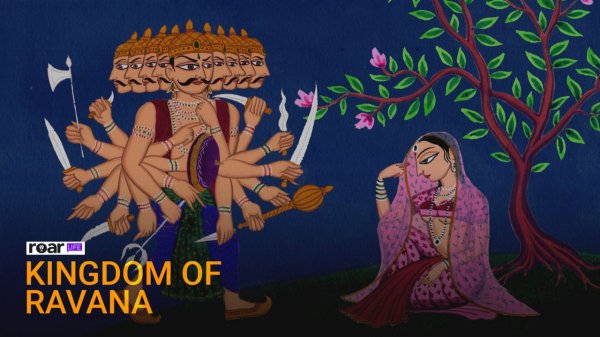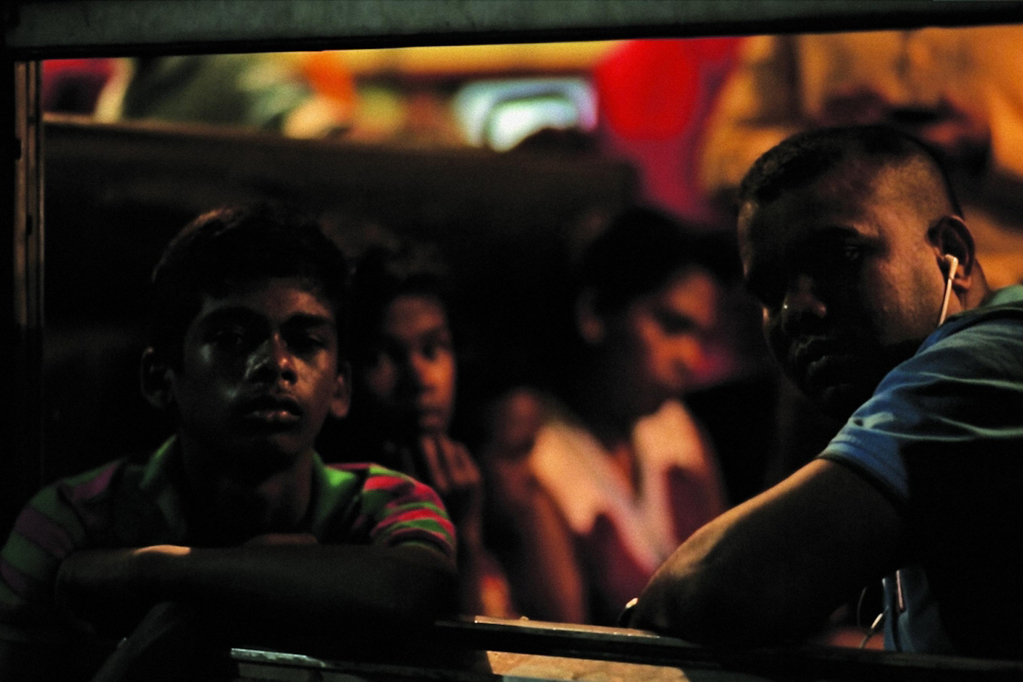
Growing up in Sri Lankan school systems, we learn about great ancient kingdoms and brave struggles for independence. History stops abruptly, though, around 1948, with gaining independence. The alternative sources of information we are left with are the stories told to us by our elders, personal tales of violence experienced, brave attempts at solidarity and care, of fruitless searches of friendships lost with sudden migrations. Though as youth with limited information, it is impossible to grasp the gravity and complexity of what constituted our country’s past. Still, we had stories.
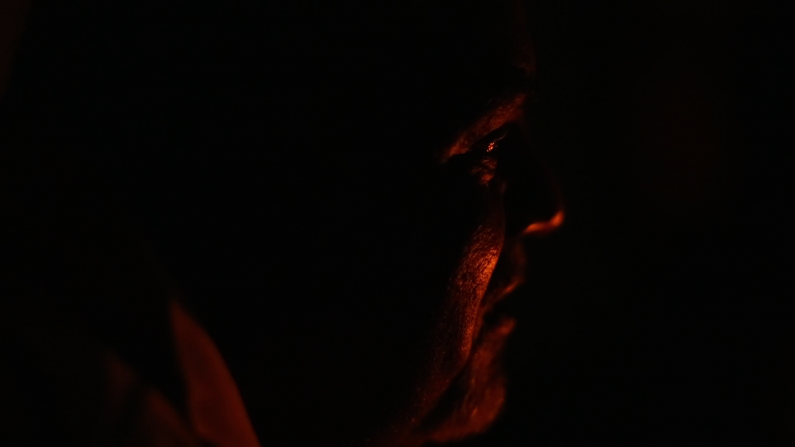
As the family gathers around a candle and a computer screen, Ratnam’s father recalls how they escaped the riots. Still from the film, courtesy Jude Ratnam
Jude Ratnam’s Demons in Paradise felt like watching the stories that one such child would have grown up with come alive on screen. In one sense, it felt familiar, listening to elders recount their personal stories. The viewer finds herself, in one scene, part of the immediate family as they gather around a candle and dimly-lit computer screen, recounting the stories of violence they faced and their tale of escape from the ethnic pogrom. There is no melodrama to it—merely a family recalling their personal past. The familiarity both softens the blow and makes it more harrowing at the same time. The rest of the film follows a similar pattern: we accompany different figures in Ratnam’s life as they recount and relive—and sometimes re-enact—stories of the past.
Intimate Re-tellings
Given the format of a creative documentary, Ratnam takes some licence with the retelling of stories. He takes the audience physically to historically significant locations. The people who narrate the location’s significance are those with personal stories tied to them. We are taken to the bus stand that was the site of the infamous photograph of the 1983 riots, where three youth casually stand next to a young Tamil boy who had been stripped naked before he was killed. The photographer who took the picture retells the story of taking it, his inability to intervene in the situation and the responsibility he felt as a photojournalist to make sure people knew the truth of what had happened. In another scene, some people discuss an abandoned plot of land where Tamil militants were rounded up and killed by competing factions. They recount the horror of their executions and the cries they heard—cries they claim still haunt the plot.
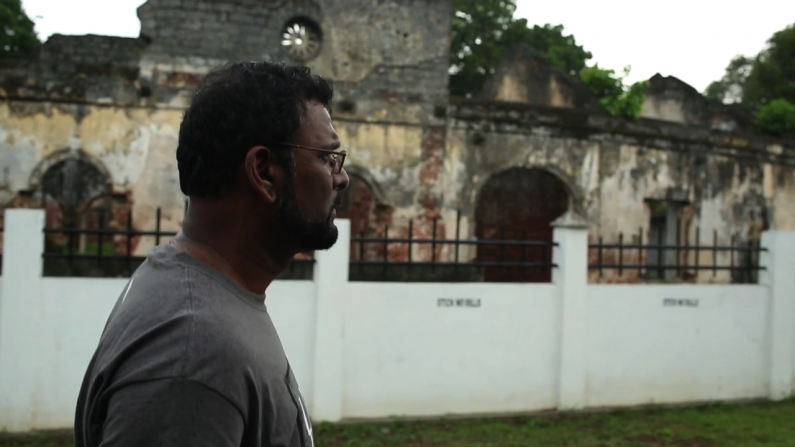
Ratnam’s uncle, Manoranjan, walks through Jaffna during his visit to Sri Lanka. Manoranjan returned from Canada after 35 years, for his nephew’s film. Still from the film, courtesy Jude Ratnam
A central figure in the second part of the film is Ratnam’s uncle, Manoranjan, who tells us about surviving the 1977 riots, the emotional logic behind becoming a militant and fighting for Eelam, and the devastation at the consequences of in-fighting and violence amongst the militants. In one sequence, Manoranjan explains how he escaped the peninsula just after the IPKF occupation. He once again dons the civilian ‘disguise’ he wore and the camera follows him on a steel bicycle—dressed in sarong, shirt, and a cloth around his head—as he cycles down the road towards the memory of a blockade he had had to pass decades ago.
This style of storytelling affects the viewer threefold: we have the intimate experience of listening to an elder, the emotional cues as they relive their past to us, and the haunting feeling of taking the same physical journey as those whom we listen to. It is not the mere act of reading or watching history but digesting the consequences of our past on our present.
Demons In The Plural
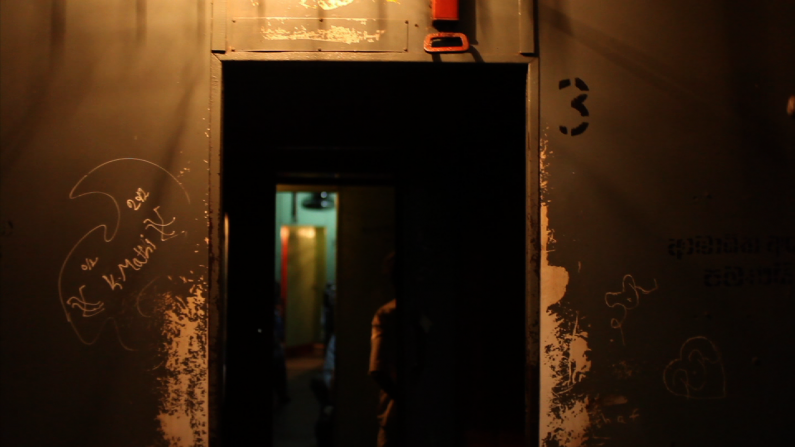
Ratnam, as a five-year-old, escaped to the North on a train. When making this film, he boards the same train to go back. Still from the film, courtesy Jude Ratnam
Demons in Paradise is neither the only creative work that provides a critical introspection of the Tamil community, nor the only one that constructs the image of the perpetrators of violence as otherworldly ‘demons’. In 2014, Neervai Ponnaiyan, a veteran Sri Lankan Tamil writer, published a collection of short stories called Devils and Demons. The stories are creative fictions but based on situations and stories rooted in reality. It is critical of violence, as perpetrated by all sides, giving primacy to depicting the suffering caused to ordinary people. However, the fame of Ratnam’s work and recognition at the Cannes Film Festival, the immediacy and easy dissemination of the film medium, and perhaps the aesthetic and storytelling, will eclipse other similar works such as Ponnaiyan’s. This critical introspection is also sure to capture public attention and imagination for a while; there was consternation amongst the audience whether this would be co-opted or cherry-picked to suit convenient political narratives. It is important to note, then, that Ratnam’s movie treats demons in the plural: colonial legacies, ethnic violence, community violence and more. As Ratnam deals holistically with his own critical introspection through the movie, he challenges the audience to do the same.
Our Stories
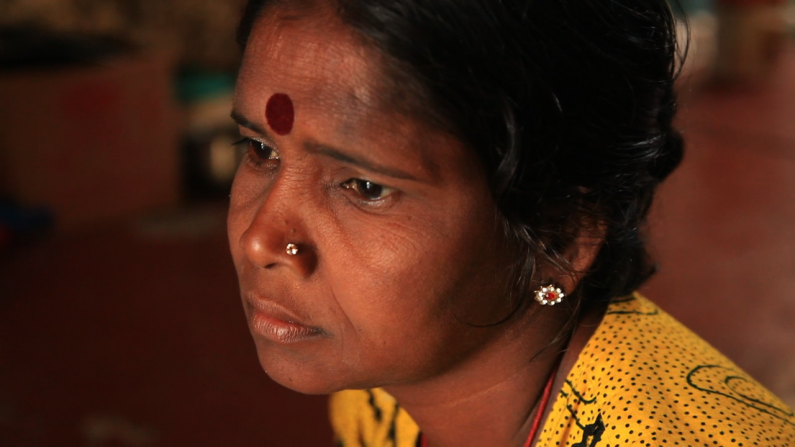
A woman who lost her fingers in an explosion, in which her husband lost his legs. Still from the film, courtesy Jude Ratnam
Ratnam’s film is part of a wider trend in the artistic community towards using citizen memory and art to fill in the gaps in our history books and media sources. Radhika Hettiarachchi’s Herstories exhibit used stories from women across Sri Lanka affected by conflict-related violence, drawing upon commonalities in their shared experiences. Ruwanthie de Chickera’s Dear Children, Sincerely…, a play and series of monologues, is based on stories narrated by older generations about happenings in Sri Lanka from the 1930s onwards.
Perhaps the preoccupation of the arts sphere with citizen memory stems from a desire to fill in the silences that we grew up with. Where we do not have clear information or hard facts, we still seek stories. Nearly 70 years from 1948, official sources are still not able to look truthfully at the multiple violences of our post-independence years. Yet, our desire to know motivates us to listen to the stories of our elders, as Ratnam does in the film. But are we then, especially young people, to rely on the arts to fill in these silences? Must the arts shoulder the responsibility of providing to the Sri Lankan community what official sources still refuse to?
Jude Ratnam’s Demons in Paradise debuted at the Cannes Film Festival in May 2017 as part of its Special Screenings retinue in the official selection. It made its first appearance in Sri Lanka on June 29 in a private screening at the International Centre for Ethnic Studies. The film has been nominated for the Camera d’Or award for a First Film and the l’Oeil d’Or for Best Documentary.
Featured image courtesy unifrance.org

